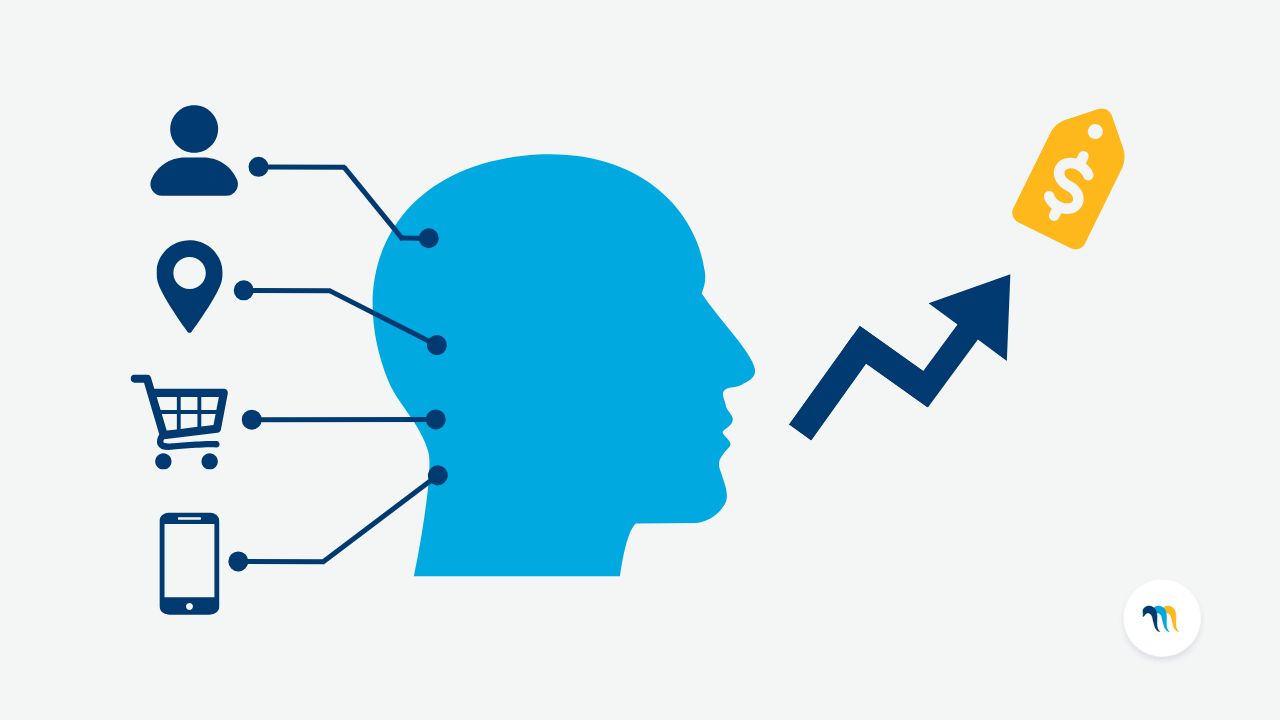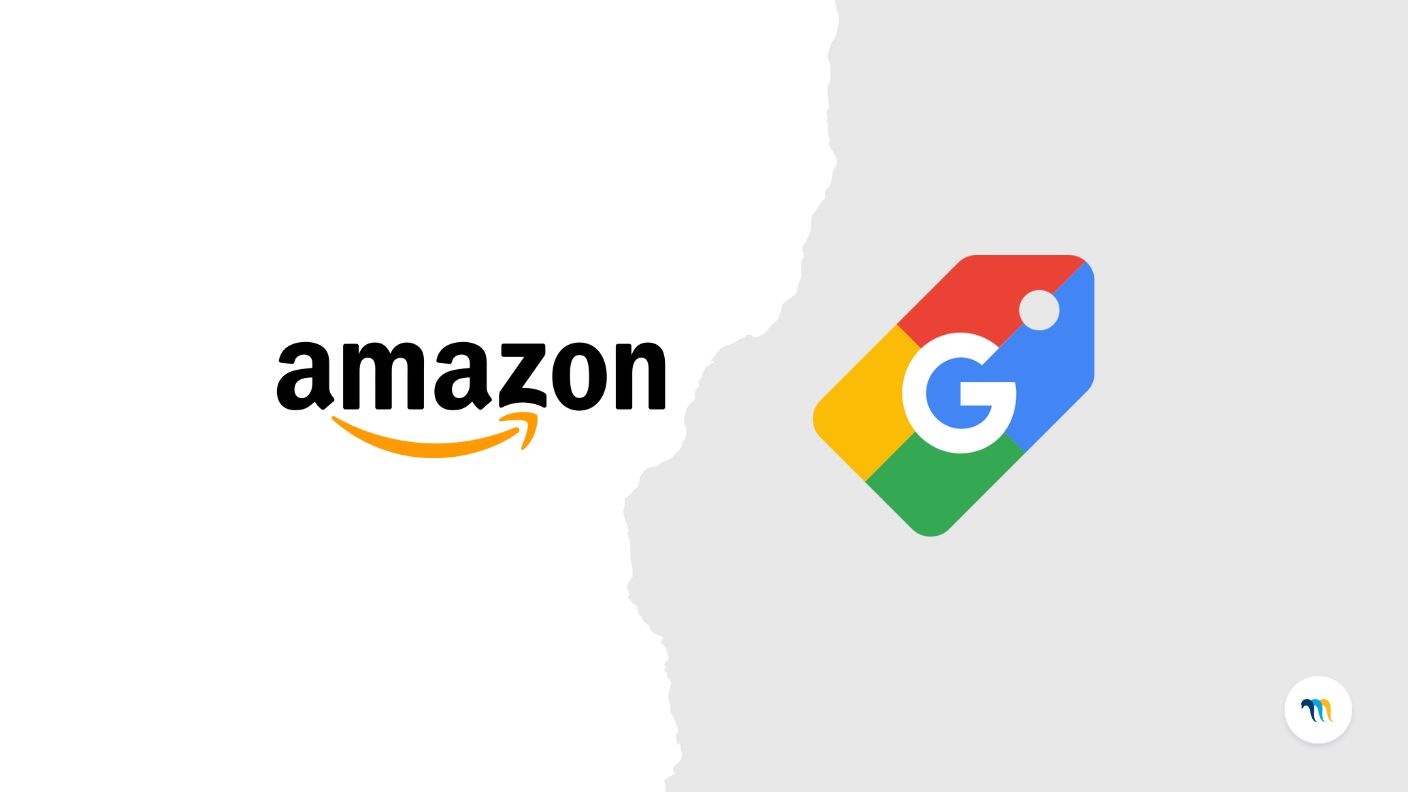
New Retail Model: Dark stores
They are distribution points that are closed to consumers, but they respond to the needs of local online users, to improve last-mile deliveries.
They are distribution points that are closed to consumers, but they respond to the needs of local online users, to improve last-mile deliveries.

Dark stores are physical stores converted into operation centres exclusively for handling web orders in less than 24 hours. They are distribution points that are closed to consumers, but they respond to the needs of local online users, to improve last-mile deliveries. This new retail option became popular during the lockdowns caused by the Covid-19 pandemic. It accelerated the digital transformation of a large percentage of companies. As months passed, dark stores have provided new buying options to e-commerce businesses and customers. We explain how they work and their benefits, so you can assess whether they fit your pricing strategy and your medium- and long-term business objectives.
Since their aim is not to attract customers to the premises, dark stores do not have expertly decorated premises or eye-catching adverts. They are simply warehouses for the preparation of online orders. They do not have a line of tills or customer service points, either. All external management is done via the web and by the company’s authorised communication methods.
However, the location of these operation centres is key. This is because the principal claim of dark stores is their speed and agility in order preparation and delivery. Many advertise “24-hour delivery guaranteed” messages. Some of these “blind stores” even commit to delivering orders within 1 hour, giving an ever more significant role to instant online sales or quick commerce.
Therefore, you should define the strategic area where the business will trade correctly. The area will be based on the local users’ level of demand, your logistical capacity, and the riders who are part of your team. With today’s frenetic pace of life, the ability to have new products in such a limited time frame will encourage new users to buy through e-commerce businesses.
An obvious example, in Spain, is the transformation of 12 stores from the Dia supermarket chain into dark stores to meet online demand. The group made a technological effort to adapt to users’ needs and avoid losses caused by the pandemic.

Dark stores must automate processes and use advanced software to speed up order management to make the most of these benefits. The latest tools allow you to have an overview of stock, orders, and prices. Some retailers are even starting to implement systems that integrate collaborative robots or autonomous transport, such as drones. Combining these technologies with competitive prices will make these new sales models increasingly settled in today’s market.
Find out how Minderest can take your business to the next level.
Contact our pricing experts to see the platform in action.


